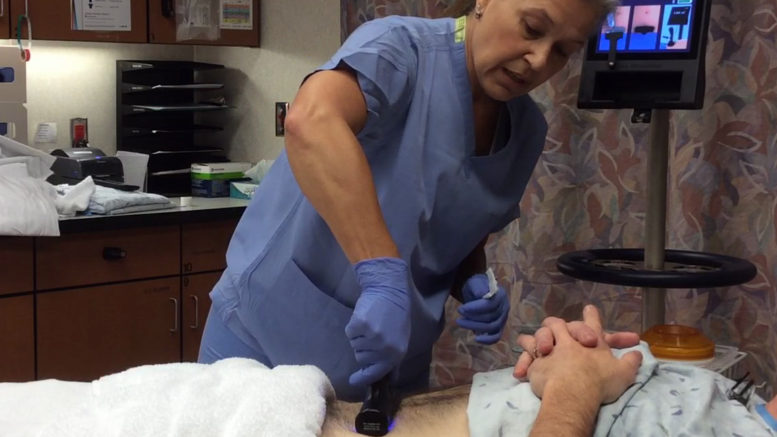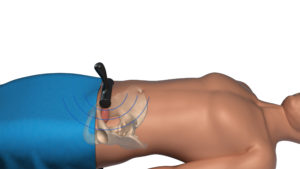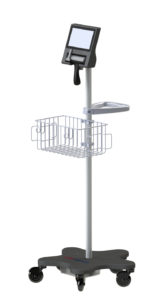LITTLETON, Colo. — Entrepreneurs look to understand, to fill a need that has yet to be defined. Having worked for medical device companies for more than 20 years, Dave understood the industry and after a lay off, he took a leap of faith. He reached out for opportunities by asking questions of nurses and providers.
Listening to the Frontlines
Increased data collection processes coupled with a shortage in trained personnel has created a situation where nurses are spending less and less time with patients. This is an opportunity for entrepreneurs with ideas that give time back to nurses and providers.
“Every year, we are adding to the responsibilities of nurses and associated caregivers. These individuals want to be at the bedside taking care of patients and addressing needs, not working with cumbersome equipment; anything we can do to give them that time back is a win for Centura,” said Suzanne Coleman, PhD, System Director, Research Operations at Centura Health.
Listening to these concerns, Dave Shine, CEO of dBMEDx, and his team came up with the idea for a better tool to measure bladder volume – a necessary component in decision making on whether an indwelling catheter is needed. Between 15-25% of hospitalized patients receive catheters during their hospital stay and according to the National Healthcare Safety Network, catheter associated urinary tract infections are the most common type of infections reported by hospitals.
“We learned from the evolution of the thermometer where new technologies enabled a measurement that is faster, easier and more accurate than ever before. We’ve gone for the simplest implementation possible. Our goal is to get into the hospital and work with the nurses to identify ways that we can continue to make this measurement easier and faster for nurses,” explained Shine.
Designed specifically for busy healthcare teams, dBMEDx combines ultrasound and image processing technologies to quickly measure bladder volume and sends the measurements wirelessly to an easy to read screen.
Working with the Colorado Ecosystem
In 2016, dBMEDx was selected the winner of the Prime Health Challenge, which brings together health innovators and healthcare systems to accelerate adoption. Centura took note of the Colorado-based medical device manufacturer.
“We were interested in working with dBMEDx because they were ready for clinical studies to support their FDA-approved device. Original beta testing among a group of providers showed. It’s FDA approved, an improvement on something we were already doing, and it saves nursing time,” explained Coleman.
In order to prove time savings and device accuracy, Centura’s Porter Hospital is planning a clinical study to test a new workflow for their orthopedic surgery unit.
“We have something new and innovative, and so Suzanne, in her role, was able to say – let’s take a look at this.” Shine continued, “It helped us navigate the health system and she has really been key to getting the study underway to provide the data we need to scale.”
Scaling the Solution
CMS has used quality benchmarks to motivate hospitals to test infection protection protocols. In response to the data around catheter associated urinary tract infection rates, hospitals around the country and the world have been looking at workflow and technology improvements to decrease unnecessary catheterization.
Today, dBMEDx has sold units to hospitals across the United States and has earned the CE mark to meet EU requirements. With more healthcare systems looking to innovate their protocols, Dave is ready to scale manufacturing and focus on building partnerships with distributors.
“Three years of CMS penalties and we are really seeing behavior change in hospitals. Rather than catheterizing 100% of patients, new protocols call for nurses to scan first. We’re focused on being there to make the process easier for both nurses and patients.”
Like the coverage that CyberMed News provides? Follow us on Twitter, LinkedIn, and Facebook to keep up-to-date on the latest developments in digital health.







Be the first to comment on "Translating Technology into Decreased Infections"